Overcoming charging issues continues to be one of the biggest obstacles for fleets transitioning to zero emission vehicles.
The Planning Your Roadmap to Net Zero seminar, sponsored by Octopus Electroverse, at Fleet and Mobility Live brought together three organisations which have made good progress towards their respective net zero targets.
However, as the number of electric vehicles they operate has grown with the ‘low hanging fruit’ targeted first, it is becoming more difficult to electrify the remaining parts of their fleets.
Flagship Group, which operates just over 300 cars and around 30 vans, is aspiring to have a zero-emission fleet by the end of 2027.
It currently has around 80 fully-electric vehicles and 180 plug-in hybrids on its fleet of just over 300 cars and about 30 vans.
“We started with a transition to plug-in hybrids to make it easier for drivers to help them on that journey,” said Catherine South, payroll and fleet manager at Flagship Group.
“The major challenges we’ve had along the way have been the availability of charging points and the ability to have home chargers installed.
Overcoming charging issues continues to be one of the biggest obstacles for fleets transitioning to zero emission vehicles.
The Planning Your Roadmap to Net Zero seminar, sponsored by Octopus Electroverse, at Fleet and Mobility Live brought together three organisations which have made good progress towards their respective net zero targets.
However, as the number of electric vehicles they operate has grown with the ‘low hanging fruit’ targeted first, it is becoming more difficult to electrify the remaining parts of their fleets.
Flagship Group, which operates just over 300 cars and around 30 vans, is aspiring to have a zero-emission fleet by the end of 2027.
It currently has around 80 fully-electric vehicles and 180 plug-in hybrids on its fleet of just over 300 cars and about 30 vans.
“We started with a transition to plug-in hybrids to make it easier for drivers to help them on that journey,” said Catherine South, payroll and fleet manager at Flagship Group.
“The major challenges we’ve had along the way have been the availability of charging points and the ability to have home chargers installed.
“If our drivers can charge at home, fantastic – you’re set up. But the challenge comes when people can’t charge at home, whether that be because they live in rented properties or leasehold, where it’s difficult to get permission or to talk a leaseholder around.
“And if you have a listed property or there are challenges in terms of rewiring, it can be a lot of cost. We’ve had drivers quoted two or three thousand pounds on top of having their charging point installed.”
Flagship Group provides essential vehicle users with £850 towards the cost of a domestic charging point.
“When people can’t charge at home, we look at the availability of public chargers, and we could then potentially release that money towards the cost of public charging, but obviously a year down the line we’re going to run into problems when that money has gone and people are still facing those issues.
“The public charging network also needs to improve.”
DPD, which has a Science Based Target initiative (SBTi) validated net zero target of 2040, with a near-term target of decarbonising its final mile delivery fleet by 2030, also provides funding to its drivers towards having a home charging point installed.
Currently 40% of its fleet is electric, while its larger vehicles are running on HVO – “We’re looking at battery equivalents for that, but the costs are huge”, said Olly Craughan, head of sustainability at DPD.
“The van piece is business as usual, the EVs do the job. More than 80% of our daily routes can be done easily within the range of the Ford e-Transit which is what we’re using at the moment.
“Our charging challenge is that our EVs are predominantly utilised by self-employed drivers who take the vehicles home.
“We provide up to £1,000 for a home charger, but where we’ve been deploying these vehicles – London, Birmingham, for example – people don’t typically have off-street parking.
“They have a choice what to do. They can charge publicly. People don't like fleets charging on public chargers, but I think CPOs can be better at pushing the message that actually fleets will help utilisation, payback and investment. It's not a bad thing that they're using those chargers.”
Balfour Beatty is working towards Net Zero 2050 across all scopes, and 2045 for scopes one and two. “Our current fleet of cars is fully electric and hybrid, with the aim of cars and light commercial vehicles being electric fully at 2030, and then 60% non-diesel for HGVs by 2040,” says Vicki Limbrick, energy manager (asset and technology solutions) at Balfour Beatty.
“We’re not sure what that means quite yet, whether that’s hydrogen, hybrid or fully electric, but we are heading in the right direction.”
As with Flagship Group and DPD, charging remains an issue for Balfour Beatty, especially as it operates in some particularly remote areas.
“A lot of the time we don’t have a grid connection and even when you’re on a main road you can really struggle to apply for additional grid capacity if you want to put your chargers in.
“The ability to strategically plan our charging requirements is a really difficult thing to do, so we are using a lot of telematics data at the moment. Do people actually use 300 miles electricity in a day? No. We found 3.5% of our drivers go over 300 miles in a day, so we need to break the perception that you always need to charge at the end of every working day, and that you will need a fast charger.
“You probably don’t, so what do we really need?”
Limbick said another issue is the cost of public charging. If they charge at home, it costs roughly 11 pence per mile, but some of the rapid chargers are double that.
“A lot of it is about bringing people with us and getting their trust and demonstrating that transitioning to an EV is feasible.
“But actually, at the moment, it can be really tricky to prove that.
“With the LCV fleet, payload is a huge problem, and payload uphill in Scotland with a headwind is a complete disaster: anything like that can cause your battery a significant problem.
“We’ve even had staff caught out on a really difficult, windy, rainy, cold day. The range just disappears and that’s what everybody focuses on.
“They don’t think about the 700 people who have gone through their journeys fine all year, there’s the one person who got caught out once is obviously the story.”
The panel, which also featured Matt Pretorius, head of fleet solutions, Octopus Electroverse, also discussed workplace charging, SMR costs of electric vehicles, and winning driver buy-in.
The full debate can be watched below
Login to continue reading.
This article is premium content. To view, please register for free or sign in to read it.

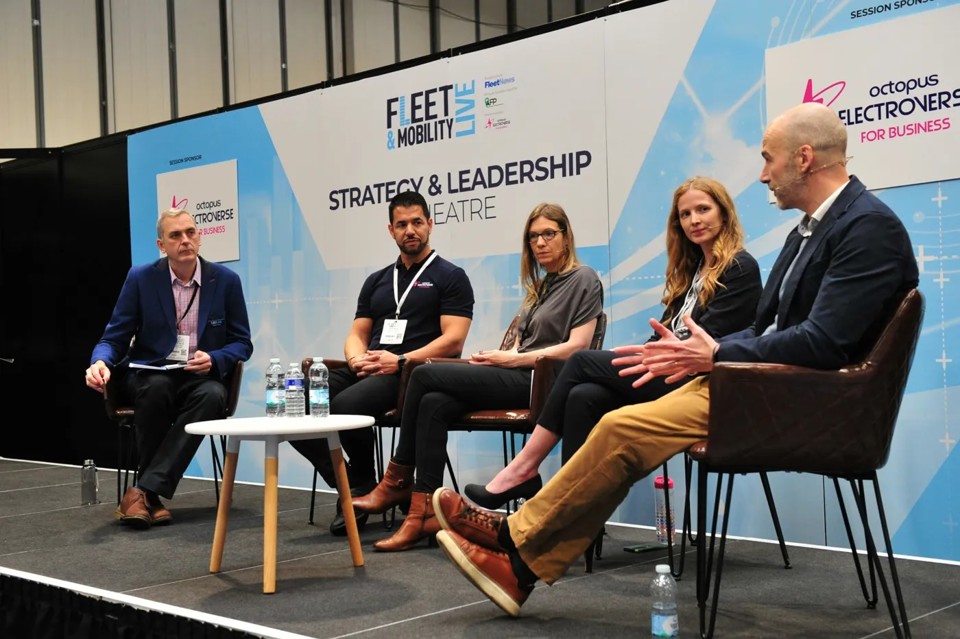
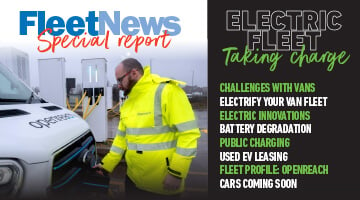




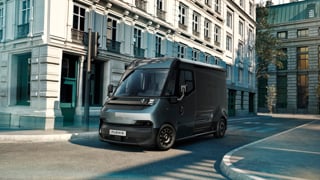
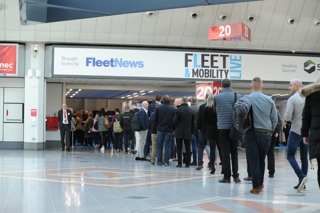







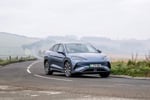
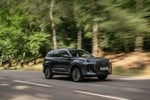

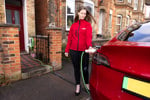

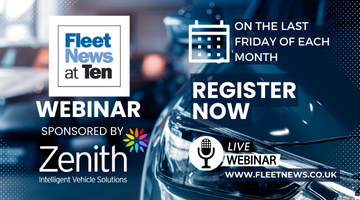
Login to comment
Comments
No comments have been made yet.